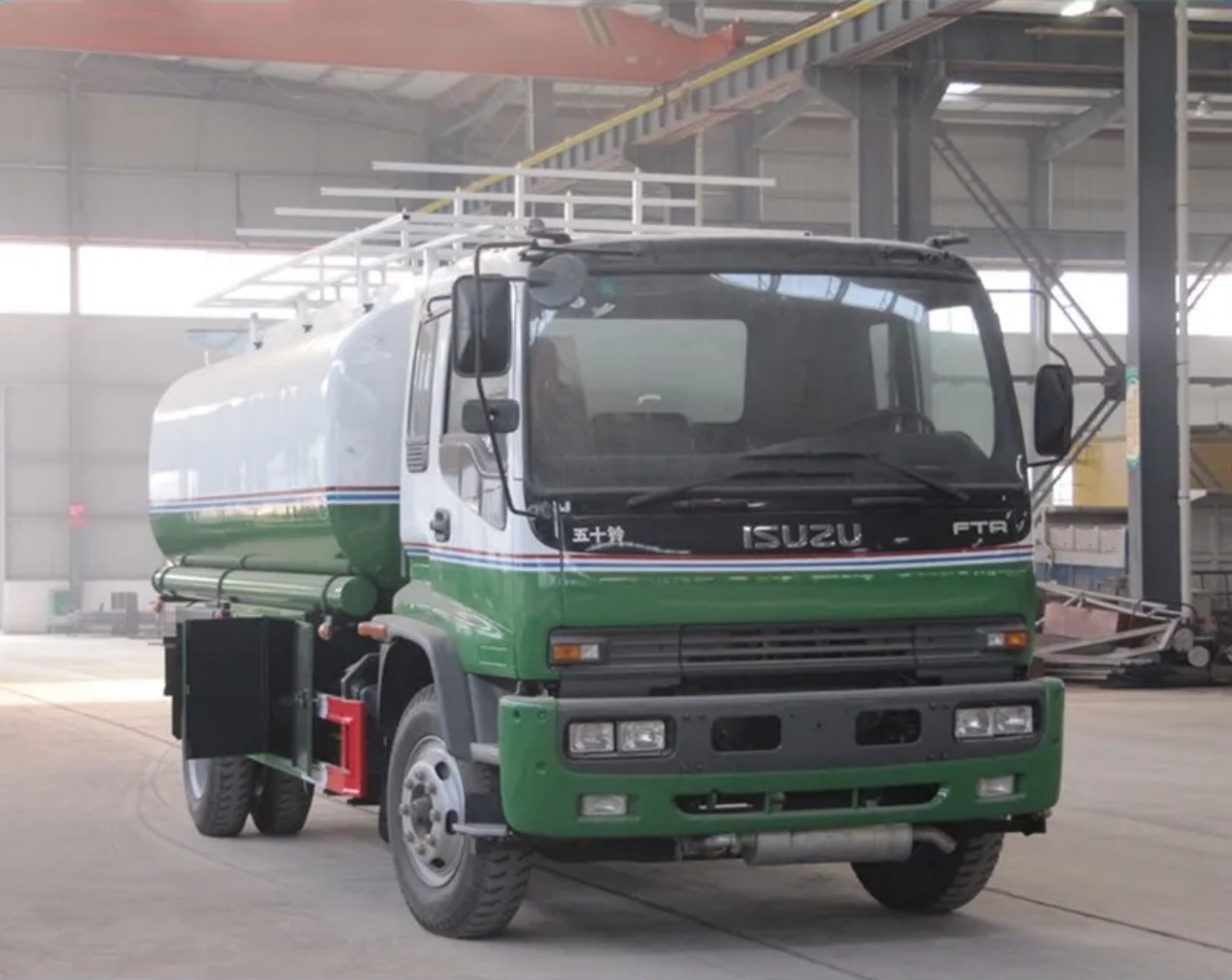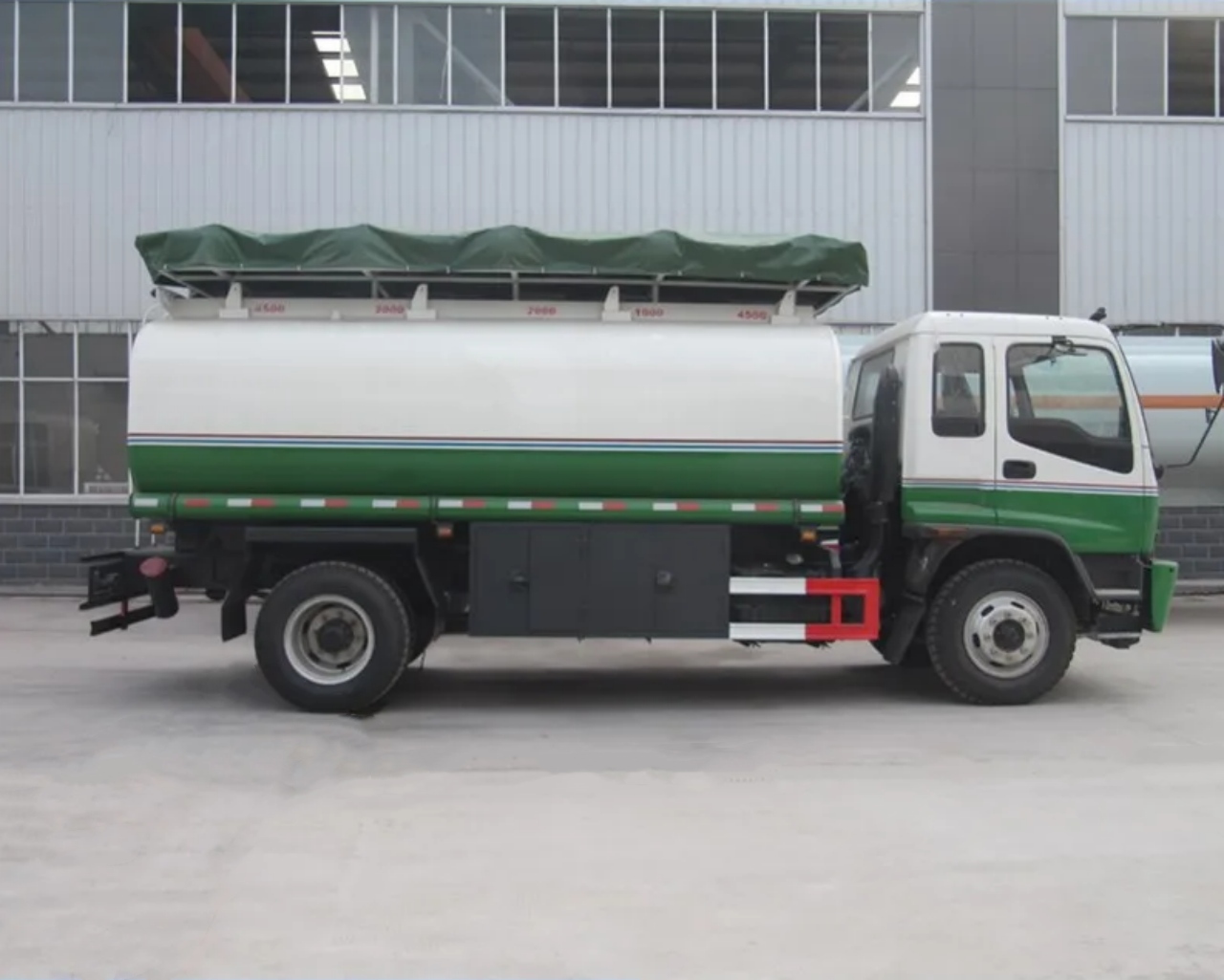A fuel bowser is an essential piece of equipment used across a wide range of industries, from construction and mining to agriculture and logistics. It is designed to safely store, transport, and dispense fuel, ensuring machinery and vehicles remain operational even in remote locations. Using a fuel bowser correctly is vital not only for efficiency but also for safety and regulatory compliance. This article will walk you through the process of using a fuel bowser, covering everything from basic components and preparation to operation and maintenance.
What Is a Fuel Bowser?
A fuel bowser, also known as a fuel tank trailer or mobile fuel unit, is a tank fitted onto a trailer or vehicle, designed specifically for transporting and dispensing diesel, petrol, or aviation fuel. These units come in various sizes—from small towable units with a capacity of a few hundred liters to large fuel tankers carrying thousands of liters.
Fuel bowsers are commonly used on job sites where fixed refueling stations are unavailable. They reduce downtime by bringing fuel directly to the equipment, allowing operations to continue without interruption.
Key Components of a Fuel Bowser
Before diving into operation, it’s important to understand the basic parts of a fuel bowser:
- Fuel Tank – The main storage vessel, often made from steel or polyethylene, is built to withstand fuel pressure and environmental conditions.
- Pump System – Usually electric or hand-operated, this pump moves fuel from the tank to the equipment.
- Hose and Nozzle – A flexible hose connects to a dispensing nozzle, allowing easy fuel delivery to vehicles or machinery.
- Flow Meter (optional) – Monitors and displays the volume of fuel dispensed.
- Lockable Cabinet – For storing hose, nozzle, and controls to prevent unauthorized use.
- Ventilation Valve – Releases air pressure during dispensing to prevent vacuum formation.
- Filters and Separators – To remove contaminants like water and dirt before fuel reaches machinery.
Step-by-Step Guide to Using a Fuel Bowser
1. Pre-Operation Checks
Before using the fuel bowser, perform a comprehensive inspection to ensure everything is in proper working order.
- Check for leaks – Inspect the tank, hoses, and nozzles for any signs of fuel leakage.
- Ensure fuel type compatibility – Confirm that the bowser carries the right type of fuel for your equipment.
- Inspect hoses and couplings – Look for cracks, wear, or loose fittings.
- Verify pump function – Test the pump briefly to make sure it operates smoothly.
- Check safety gear – Wear appropriate personal protective equipment (PPE) such as gloves, eye protection, and antistatic clothing.
2. Positioning the Bowser
Move the fuel bowser to a stable and level surface near the refueling point. Ensure the parking brake is engaged and, if it’s a towable unit, that it is disconnected from the towing vehicle.
- Use wheel chocks if necessary to prevent movement.
- Keep a safe distance from ignition sources and ensure the area is well-ventilated.
3. Grounding the Bowser
Before dispensing fuel, it’s crucial to ground the bowser. This discharges static electricity that can accumulate and cause sparks, potentially igniting the fuel.
- Attach the grounding cable to a known grounding point or to the vehicle/machinery being refueled.
4. Starting the Pump
Once the setup is secure:
- Turn on the pump using the switch or lever provided.
- For manual pumps, begin operating the hand lever or rotary handle.
- Open the fuel nozzle and insert it into the fuel tank of the machinery or vehicle.
- Begin dispensing fuel while monitoring the flow rate if a meter is installed.
Avoid overfilling—stop when the automatic shut-off clicks or when the tank reaches the desired level.
5. Shutting Down the Pump
When fueling is complete:
- Turn off the pump immediately to prevent spillage.
- Let any remaining fuel in the hose drain back into the tank.
- Carefully remove the nozzle and secure it in its holder.
6. Post-Operation Tasks
- Recheck all caps and valves to ensure they are tightly sealed.
- Detach the grounding cable.
- Record the quantity of fuel dispensed (if tracking is required).
- Store the hose and nozzle securely in the lockable cabinet.
Safety Guidelines for Fuel Bowser Operation
Handling fuel always involves some degree of risk. The following precautions should always be observed:
- No smoking or open flames near the bowser.
- Always use antistatic clothing and grounding equipment to reduce fire risk.
- Keep a fire extinguisher rated for flammable liquids nearby.
- Train operators on safe handling and emergency procedures.
- Regularly inspect the bowser for corrosion, leaks, or mechanical faults.
- Ensure proper labeling of the fuel type and hazard warnings on the tank.
- Adhere to local environmental and transport regulations for fuel handling.
Maintenance Tips
Proper maintenance extends the life of your fuel bowser and prevents downtime:
- Clean filters regularly to ensure clean fuel delivery.
- Drain water from the bottom of the tank if water separation systems are not in place.
- Inspect pumps and hoses for wear and tear monthly.
- Lubricate moving parts such as manual pump handles and valves as needed.
- Check the calibration of the flow meter if applicable.
Legal and Regulatory Compliance
Operating a fuel bowser often involves following national or local laws related to:
- Fuel storage limits
- Transport of hazardous materials
- Environmental spill response plans
- Periodic inspections and certifications
Ensure your fuel bowser complies with regulations from agencies such as OSHA, EPA (in the U.S.), or their equivalents in your region. Use approved containers and certified equipment.
Conclusion
Using a fuel bowser may seem straightforward, but it requires a clear understanding of the equipment, a commitment to safety, and proper maintenance practices. From pre-operation checks to fueling and post-use procedures, following these steps ensures that fuel is safely and efficiently delivered to where it’s needed most. Whether on a construction site or a remote farm, a well-operated fuel bowser keeps your operations running smoothly and safely.





